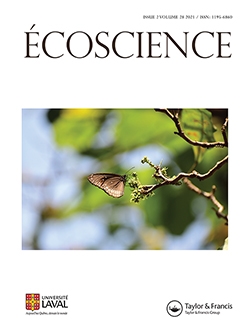This research presents the issue of wildlife access to garbage at dumpsites and suggests appropriate management in Kaeng Krachan National Park in Thailand. I set camera traps at three dumpsites from May 2018 to January 2019 (601 trap nights). I detected 38 wild species and three domesticated species. There were five, 20, and 13 species of reptiles, birds, and mammals, respectively, including the globally vulnerable Malayan sun bear (Helarctos malayanus) and long-tailed macaque (Macaca fascicularis). The most prevalent species were diurnal, followed by nocturnal and then crepuscular. Nine species fed on food waste. Highly abundant species visited the dumpsites more frequently than did less abundant ones. Food waste quantities were correlated with the number of tourists, the species number, total individual animals, and species abundance. The likelihood of animals using dumpsites was dependent on the time of day, the location, the tourist season, and the group of animals. Feeding at dumpsites may change the ecological roles and foraging behaviour of wildlife, which leads to increasing populations and human-wildlife conflict. Proper management is required so that increasing waste from tourism will not negatively affect threatened species.
BioOne.org will be down briefly for maintenance on 17 December 2024 between 18:00-22:00 Pacific Time US. We apologize for any inconvenience.
How to translate text using browser tools
21 June 2021
Improper Garbage Management Attracts Vertebrates in a Thai National Park
Jiraporn Teampanpong
ACCESS THE FULL ARTICLE

Ecoscience
Vol. 28 • No. 2
June 2021
Vol. 28 • No. 2
June 2021
food waste
Garbage management
National Park
Thailand
tourism
vertebrates





